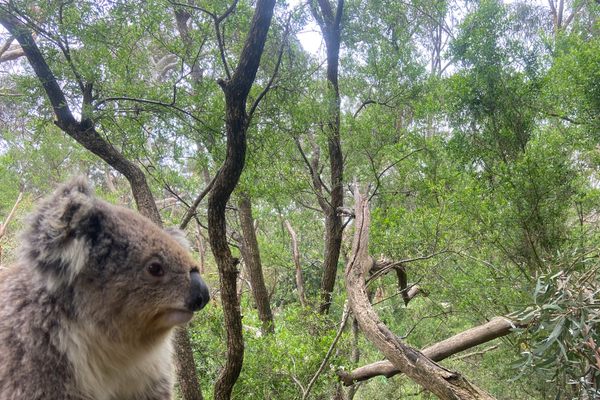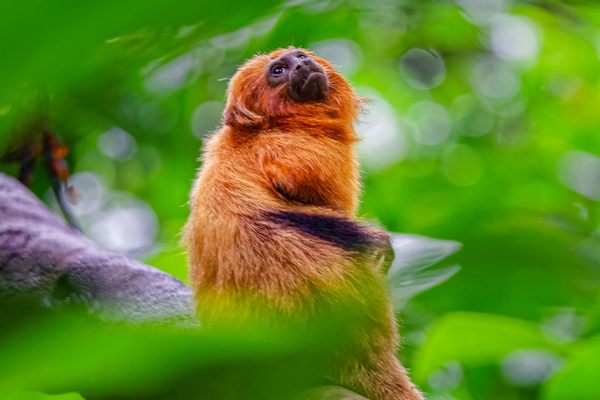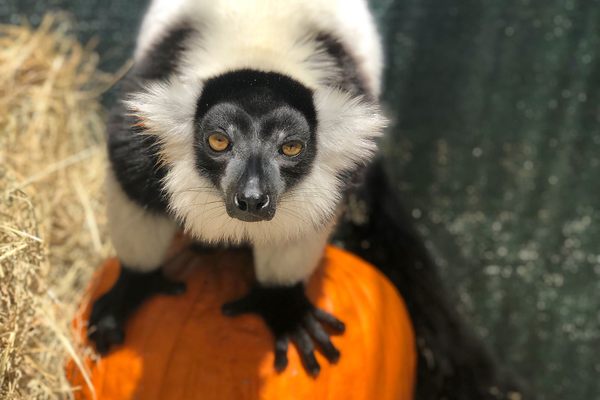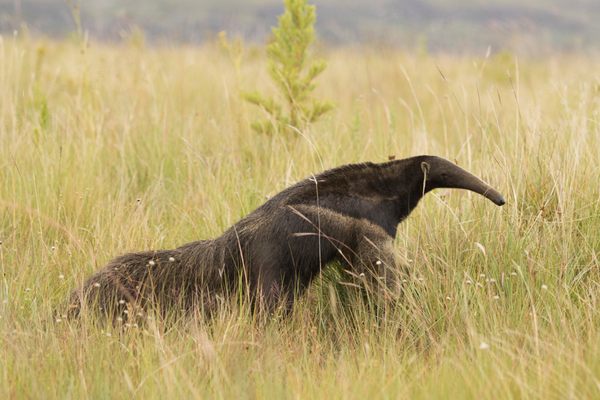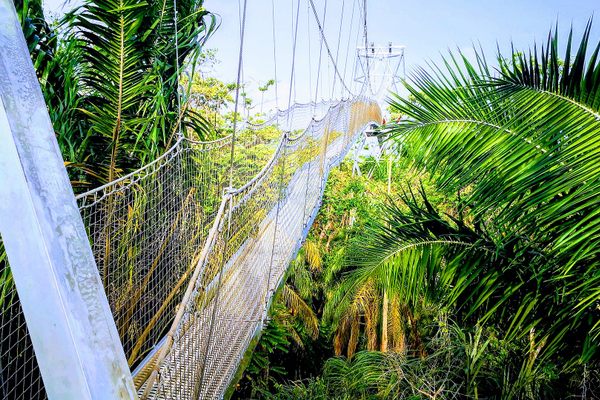About
Over the last 10 or so years, the Amazon Rescue Center in Iquitos, Peru has rescued more than 40 orphaned baby manatees. And few things in life are as uplifting as feeding leaves to these greedy little whiskered blobs of blubber.
In the Amazon Rainforest, Amazonian manatees (Trichechus inunguis) face multiple threats. Habitat destruction and injuries from outboard motors are two such dangers, but hunting is by far the greatest.
Indigenous tribes have hunted manatees for food and to use as bait for hundreds of years, but only relatively recently have they been hunted to such an extent that the IUCN Red List now considers them vulnerable.
A secondary problem with current hunting practices involves the fate of the orphaned calves. When a hunter kills an adult manatee with a baby, they’ll often try to sell the newly orphaned baby into the exotic wildlife trade.
The Amazon Rescue Center (Centro de Rescate Amazónico, or CREA) exists to give these orphans a second chance in life. Funded primarily by the Dallas World Aquarium Zoo, the center has the capacity to care for 10 baby manatees in its quarantine and weaning areas, and a few more larger orphans in its pre-release area.
Visitors are another important source of funding, so make sure you go to the Amazon Rescue Center if you ever go to Iquitos. You’ll be able to see these blubbery babies bobbing around in their pools. You can also feed them. Buy a tub of aquatic leaves and crouch down by the pool. The greedy little things will soon swim over, sticking their strange little snouts out of the water, their whiskers twitching. Then they’ll grab the leaves from your hand using their bizarre prehensile upper lips, drawing in the vegetable matter and crunching it up with noisy satisfaction.
The whole experience is uplifting. And knowing that all of these babies will one day be released back into the wild makes it all the more heartening.
When they’re ready, each orphaned manatee is taken by boat or plane to one of the nearby protected areas in the Peruvian Amazon, such as Pacaya-Samiria National Reserve or Tamshiyacu Tahuayo Regional Conservation Area. Each manatee is then tracked for at least six months via a tag in its tail, ensuring that they successfully readapt to life in the wild.
Related Tags
Know Before You Go
The Amazon Rescue Center is located on the Iquitos-Nauta road about seven miles southwest of the city center. It’s easy to reach by taxi or by taking one of the frequent colectivo minibuses that run along this road. The entrance fee is S/20 (about $6 USD) for foreign adults, which includes a guide. Visits last about an hour. The center is open every day from 9 a.m. to 3 p.m.





















